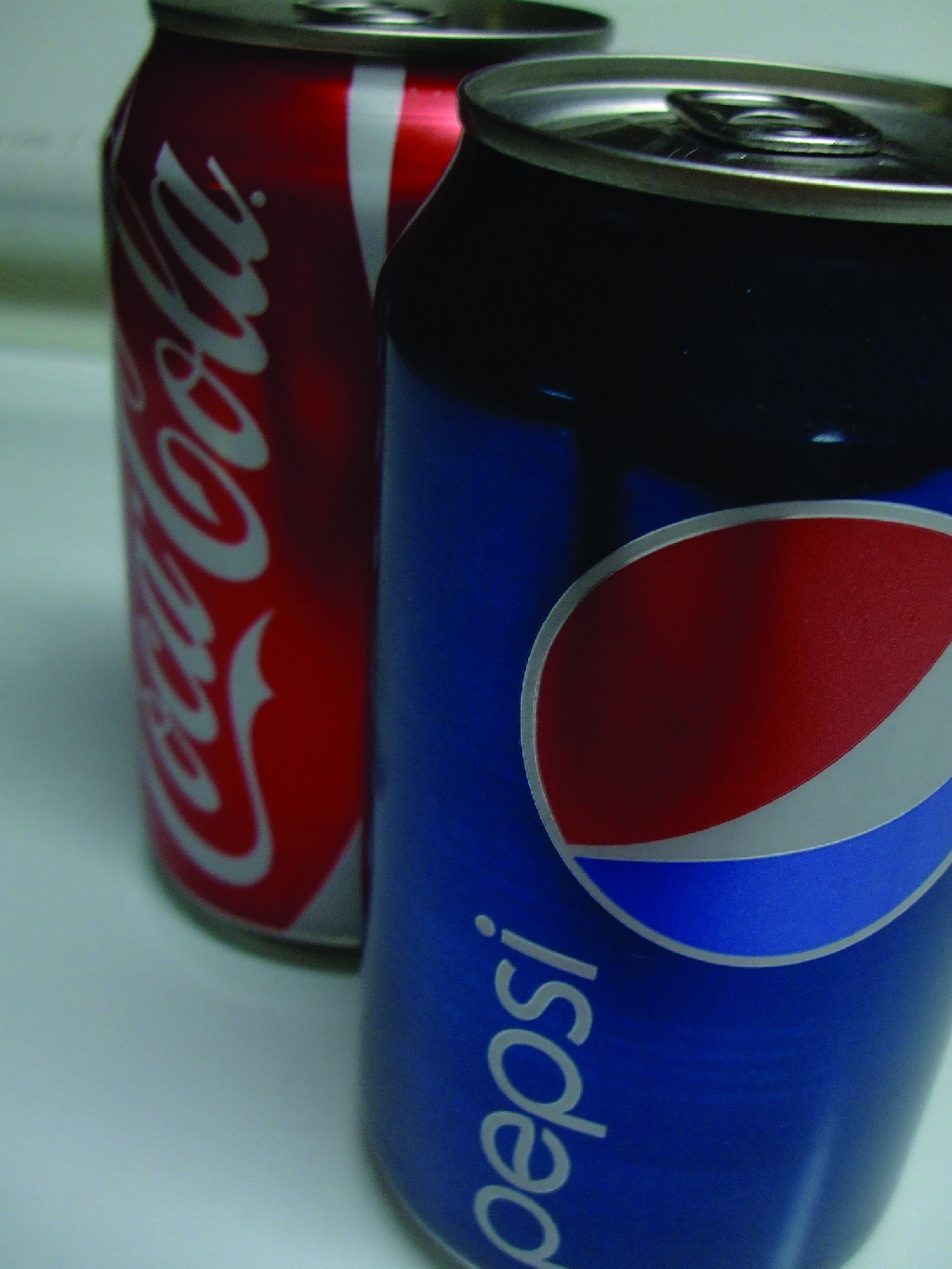This is “How Do Managers Use Financial and Nonfinancial Performance Measures?”, chapter 13 from the book Accounting for Managers (v. 1.0). For details on it (including licensing), click here.
For more information on the source of this book, or why it is available for free, please see the project's home page. You can browse or download additional books there. To download a .zip file containing this book to use offline, simply click here.
Chapter 13 How Do Managers Use Financial and Nonfinancial Performance Measures?

Source: Photo courtesy of Jon Seidman, http://www.flickr.com/photos/jonseidman1988/4481833335/.
Sandy Masako is the CEO of a fast-food restaurant called Chicken Deluxe. The company operates hundreds of restaurants throughout North America and is choosing between two suppliers of soft drinks: Deep Fizz Company and Extreme Fizz, Inc. Consumer surveys indicate no significant preference between the two. Sandy is meeting with Dave Roberts, the CFO, and Karen Kraft, the purchasing manager, to discuss the company’s options.
| Sandy (CEO): | We have a big decision to make. Our soft drink contract is up at the end of this year, and we need to decide on a supplier for next year. |
| Karen (Purchasing Manager): | I’ve had preliminary discussions with both Deep Fizz and Extreme Fizz, and the costs of their products are about the same. |
| Dave (CFO): | Based on extensive surveys with our customers, they are not particularly concerned about which supplier we choose, as long as it’s either Deep Fizz or Extreme Fizz. |
| Karen: | Both companies would like our business. This is a big contract for either of them! |
| Sandy: | OK, so we have two companies offering the same terms, and customers who would be satisfied with either company’s products. Are there any other criteria we should consider? |
| Dave: | We must have a supplier that is on solid financial ground. If our supplier were to have financial difficulties that jeopardized product quality or timing of deliveries, we would be in a bind. |
| Karen: | I agree. We need to determine whether these companies are in good financial shape. |
| Dave: | I suggest we have our accounting staff evaluate their financial information by analyzing and comparing certain key financial measures. |
| Sandy: | What do you have in mind? |
| Dave: | My staff can look at financial trends and calculate several different ratios to evaluate the strength of each company’s income statement and balance sheet. We can compare these ratios for both companies and also compare them to industry standards. This analysis should give us a better idea about the financial stability of each company. |
| Sandy: | Excellent! We have a few months to make our decision. How much time do you need? |
| Dave: | We can have it ready within a few weeks. |
| Sandy: | Great, let’s plan on reviewing your analysis next month. |
Chicken Deluxe is facing a supplier decision common to many companies. Financial stability is an important factor in deciding on a supplier, along with the quality of product and reliability of service. Chicken Deluxe must analyze financial information for Deep Fizz and Extreme Fizz to determine the financial condition of each company.
The analysis of a company’s financial information typically follows a three-pronged approach. First, trends within a company’s own financial information are analyzed, such as sales and earnings from one year to the next, using two methods—trend analysis and common-size analysis. Second, financial measures are compared between competitors. Finally, financial ratios are compared to industry averages. We discuss these three approaches next using Coca-Cola as an example. We will revisit the decision facing Chicken Deluxe later in the chapter.




